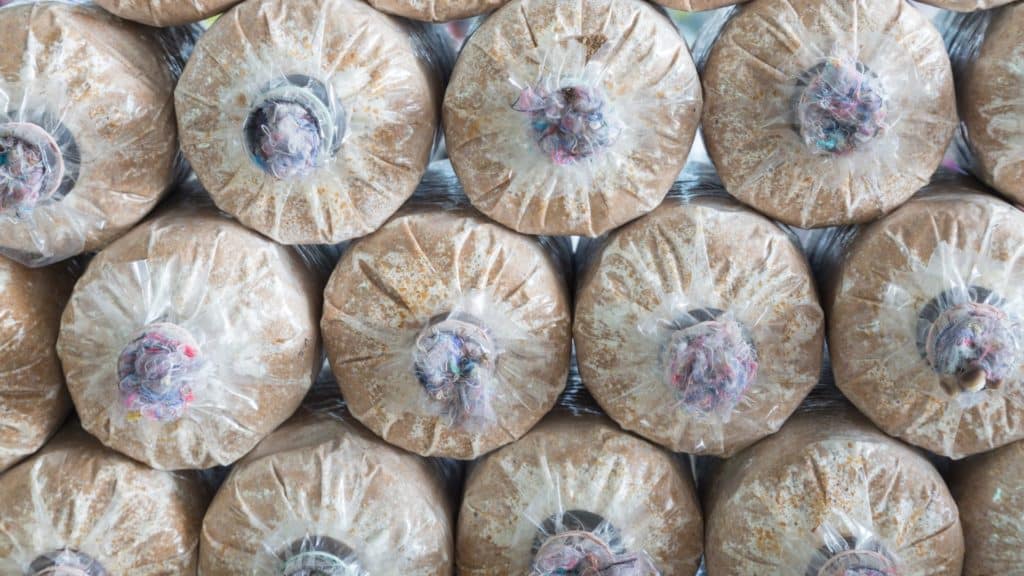If you’re studying fungal taxonomy as a microscopist, it’s often enough in the beginning to simply place a spore-containing slide under your microscope—for those amateurs who have seen little more than common objects from the back yard, examining exotic mushroom spores can be plenty exciting!
But as you learn more and more about this area of study, you’ll quickly realize that the more you know about fungi in general, the more rich your experience in the lab will be. An area of mycology that you may find fascinating has to do with substrates, or, the medium in which fungi can grow.
Let’s find out more:
What is a Mushroom Substrate?

A mushroom substrate is simply the material in which a fungi grows.
This, of course, can vary wildly from one environment to another—and some substrates are “better” than others, at least from the perspective of the fungi!
Since fungi are such versatile organisms, they can grow under many different conditions, including those which are less than ideal. However, generally speaking, mushrooms prefer substrates which are nutrient-dense, contain a good deal of moisture, and are relatively free of contaminants such as bacteria or other fungi.
The substrate material doesn’t necessarily have to be soil, although it often is. Fungi can grow in denser materials such as wood chips, grain, or sawdust, though these materials are rarely found naturally. While not directly part of the substrate itself, fungi also tend to prefer shadier areas.
How Do Natural Substrates Differ From Mushroom Farm Substrates?
What’s a mushroom substrate bag? Oftentimes mushroom farmers who grow culinary mushrooms, or even home gardeners who plant ornamental mushrooms, will use specialized substrates, which are sometimes prepared in bags.
The primary difference between a natural substrate found in the wild and one used by a culinary mushroom farmer is that the artificial substrate can be prepared with an aim to give the fungi ideal or close-to-ideal conditions. For example, substrates can be sterilized prior to colonization to prevent contamination, and ideal levels of nutrients can be provided in a substrate bag.
The Benefit of Understanding Substrates From a Microscopy Perspective
Quality Spores does not sell mushroom substrate. We do, however, sell a wide variety of authentic exotic mushroom spore syringes for microscopy and research purposes. Our spores are popular among amateur microscopists who enjoy fungal taxonomy or studying the earliest stage of mycological development.
As a microscopist studying this area, it can be beneficial to understand the different substrates that fungi grows in, as the characteristics these organisms manifest later in their lifecycles can be observed even in the spore state. Differing spore strains may show characteristics indicative of the environment they’d naturally be found in.
To learn more about the amateur microscopy hobby, we suggest picking up a free copy of our eBook.
